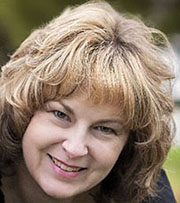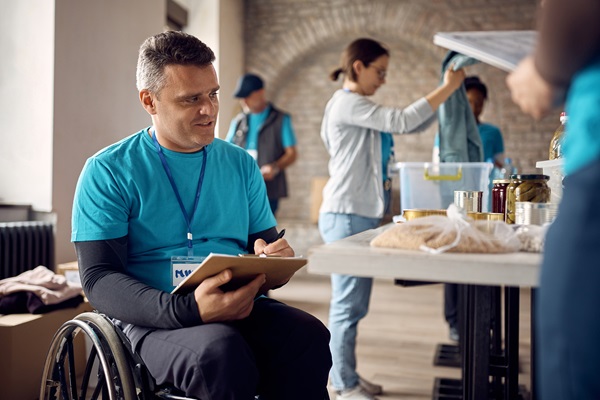Recognizing and embracing diverse abilities within your volunteer program will help build a more interconnected and enriched church community.
Volunteerism reduces stress, combats depression, provides a sense of purpose, connects individuals to others and fosters fun and a sense of fulfillment.
According to HelpGuide.org, research has shown that adults with disabilities or health conditions ranging from hearing and vision loss to heart disease, diabetes or digestive disorders all show improvement after volunteering.
Unfortunately, individuals with disabilities may encounter barriers that hinder their active participation in volunteer efforts. Negative stereotypes may contribute to uneasiness among fellow volunteers and cause some to see individuals with disabilities as people who would more likely hinder than help efforts.
Physical limitations, health concerns and transportation challenges create hurdles that may dissuade some from actively seeking volunteer opportunities. To facilitate inclusive volunteerism, church leaders must be intentional.
Like what you're reading and the tools we provide?
Here are a few ideas:
- Promote a culture that values diverse abilities. Confront and eliminate attitudinal barriers within the congregation.
- Provide training. Teach volunteers to perform the required tasks. Train volunteers on how best to interact with the public and each other.
- Identify and celebrate individuality. Ask volunteers to take personality/talent assessments to determine their strengths. Assign tasks accordingly.
- Encourage volunteers to work in pairs. Pairing individuals ensures support and accountability.
- Ensure that volunteer locations and instructions are physically accessible to everyone.
- Initiate conversations with individuals regarding their strengths, weaknesses and interests. Ask how the church can better meet their needs to empower them to volunteer.
President George W. Bush once said, "We all have something to give." Instead of considering how a disability might prevent a person from a volunteer activity, think about how someone’s abilities can apply.
Volunteers who hand out snacks or bulletins or greet guests are not just performing tasks — they are ambassadors of the church. Packing food boxes or Christmas packages fosters a shared sense of purpose. By engaging individuals with disabilities in these roles, the church fosters an environment where everyone feels welcome and acknowledged.
Digital dream teams and virtual positions offer another avenue for individuals with disabilities to actively participate in the church community. Coordinating emails, managing social media posts and monitoring online content allow individuals with varying abilities to contribute meaningfully. Reading programs, prayer programs, craft ministries and clothing closets/donation centers are great opportunities for the uniquely abled.
The goal is to value each participant’s distinctive contributions to the shared journey of faith. Through intentional inclusivity, a stronger, more vibrant church community — where everyone is welcomed, valued and celebrated for their unique contributions — will emerge.

Tricia K. Brown is a Christian author and inspirational speaker. She shares stories of life, loss and laughter to encourage women to grow in their relationships with the Lord and each other. Her recent fiction release, “Seen, Heard, Beloved,” can be purchased on Amazon. For more information about her ministry and books, visit The Girls Get Together.

